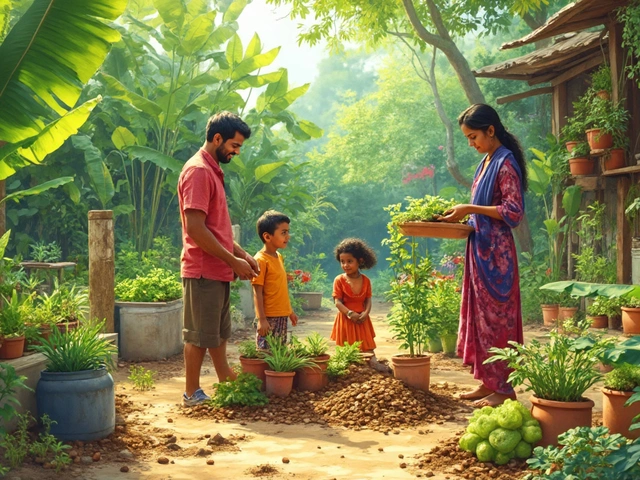Indian Gardening Tips You Can Use Today
Got a garden in India and want better results without spending a fortune? You’re in the right spot. Below are easy, proven tips that work across the country's varied climates. Whether you tend a balcony, a backyard, or a small farm, these ideas will help your plants thrive.
Save Water with Smart Drip Irrigation
Water scarcity is real in many Indian regions, and drip irrigation is the answer. Bury the drip lines about 2‑3 inches deep to protect them from sunlight and pests, and cover with a thin layer of mulch to keep moisture in. Use pressure regulators to avoid burst pipes, and set timers for early morning or late evening watering. This method cuts water use by up to 60 % and delivers moisture right where roots need it.
Improve Soil Health for Stronger Growth
Heavy, compacted soil is a common problem, especially after the monsoon. Lighten it by mixing in organic compost, sand, or well‑rotted farmyard manure. For a quick fix, sprinkle a layer of leaf litter and turn it into the top 4‑6 inches every few weeks. This adds nutrients, improves drainage, and encourages beneficial microbes.
Companion planting, or “sister plants,” can also boost soil fertility. Plant nitrogen‑fixing legumes like pigeon pea beside heavy feeders such as cauliflower or broccoli. The legumes pull nitrogen from the air and share it with neighboring crops, reducing the need for chemical fertilizers.
Balcony gardeners can maximize space by using vertical planters. Attach hanging pots or pocket planters to a sturdy rail and grow herbs, strawberries, or dwarf tomatoes. Vertical gardens not only look great but also improve air circulation, which reduces disease risk.
Indoor plant lovers, pay attention to humidity. Many houseplants thrive with a little misting, but over‑misting can cause fungal problems. A simple rule: mist only when the leaf surface feels dry to the touch, usually once a day in hot, dry homes. Pair misting with a pebble tray filled with water to create a gentle, steady humidity source.Seasonal flower planning keeps your garden colorful year‑round. In north India, plant marigold, roses, and petunias from October to February for a winter bloom. In south India, focus on hibiscus, bougainvillea, and jasmine from March to June. Knowing the best months for each species saves you time and money.
Finally, keep pests out with natural solutions. Instead of synthetic chemicals, try neem oil sprays, garlic‑chili mixtures, or companion plants like marigold that repel insects. These options protect beneficial insects while keeping your garden safe for you and your family.
Put these tips into practice, and you’ll see healthier plants, lower water bills, and a garden that looks good all year. Got a specific problem? Drop a comment, and the community will help you troubleshoot. Happy gardening!
Lotus Flower: Why It's the Most Iconic Flower of India
Uncover why the lotus holds the crown as India's number one flower. From history to gardening tips, let's see what makes this bloom so special.
About
Flower Gardening
Latest Posts
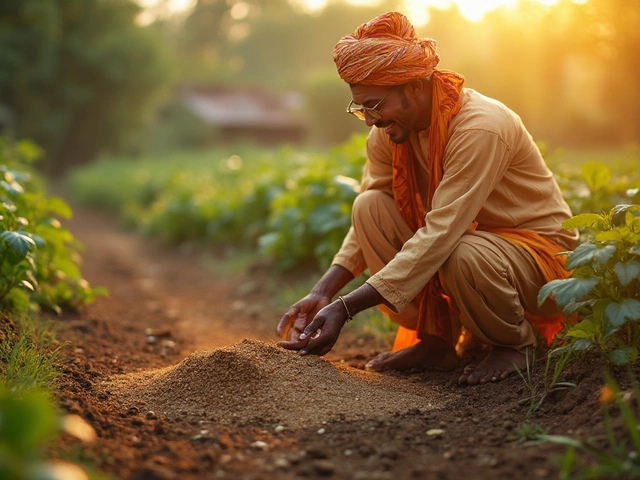
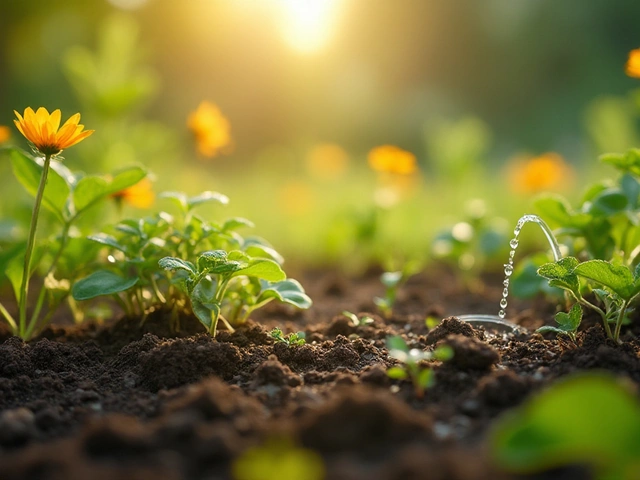
Evaluating the Benefits and Costs of Drip Irrigation Kits
By Alden Thorne Feb 2, 2025
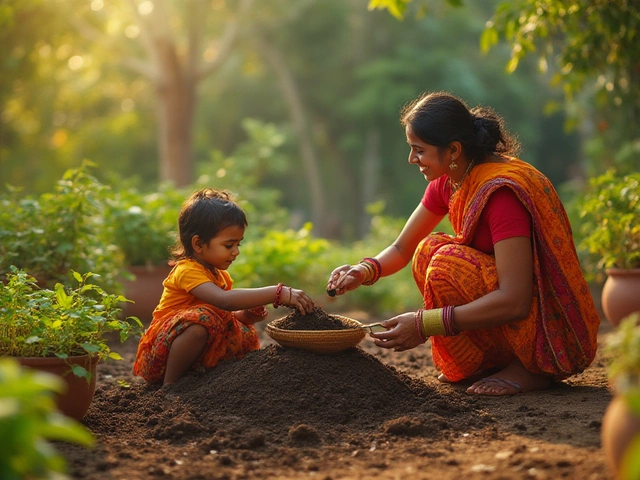
How to Loosen Heavy Garden Soil: Simple Additives for Better Texture
By Alden Thorne Jul 30, 2025
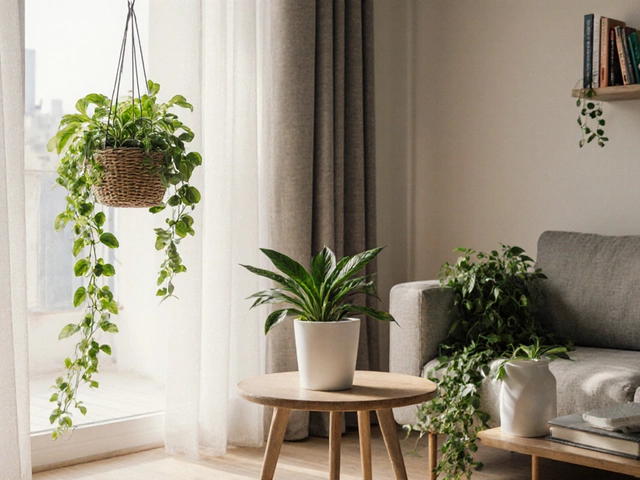
Top Easy Houseplants for Beginners - Low‑Maintenance Indoor Greens
By Alden Thorne Oct 7, 2025
